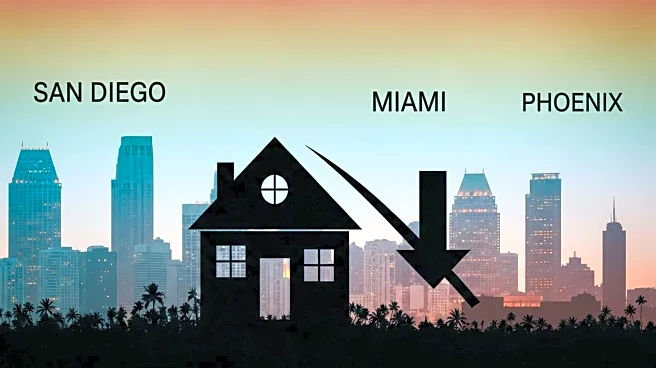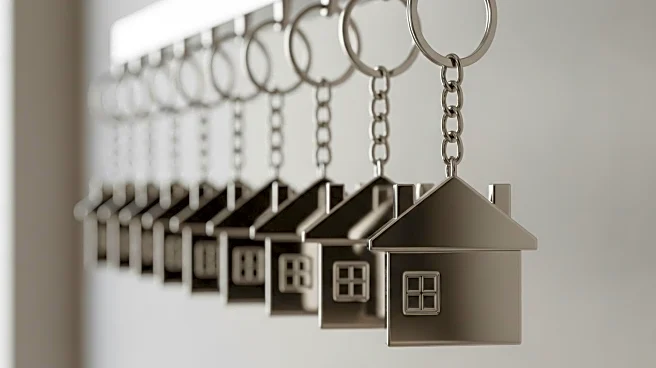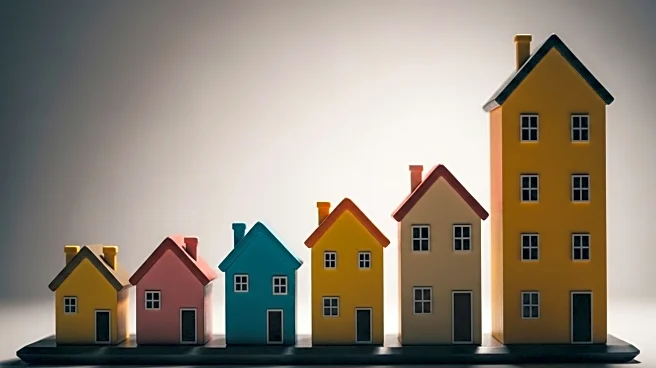Rapid Read • 8 min read
The housing market is experiencing a trend known as shrinkflation, where the size of new single-family homes has decreased by 11% over the past decade, while the price per square foot has increased by 74%. Builders are designing more compact floor plans by reducing hallways and bedrooms to make homes more affordable. However, this downsizing trend is creating challenges for homeowners, particularly first-time buyers and growing families, who may find themselves stuck in homes that no longer meet their needs. The trend is most pronounced in regions like the South, where new homes have shrunk the most, and the West, where prices have more than doubled per square foot.
AD
This shift in the housing market is significant as it reshapes the concept of starter homes, making them less of a temporary step and more of a long-term residence. The combination of smaller homes and higher prices is extending the breakeven timeline for homeowners, who may now need to hold on to their homes for up to 10 years before breaking even, compared to the previous rule of five years. This poses a challenge for first-time buyers and growing families, who may find themselves unable to move to larger homes as their needs change. The trend could also impact the overall housing market dynamics, as fewer people may be able to afford to upgrade their homes.
As the trend of shrinkflation continues, potential homebuyers may need to adjust their expectations and consider the long-term implications of purchasing smaller homes at higher prices. Builders may also need to innovate and find ways to offer more affordable housing options that meet the needs of growing families. Policymakers and industry stakeholders might explore solutions to address the affordability crisis and support first-time buyers in navigating the challenging housing market.
The trend of shrinkflation in the housing market raises ethical and economic questions about affordability and accessibility. It highlights the need for a broader discussion on housing policies and the role of developers in ensuring that homes remain accessible to a diverse range of buyers. The long-term impact of this trend could lead to shifts in urban planning and community development, as smaller homes become the norm.
AD
More Stories You Might Enjoy











